Oh, the growing world of E-commerce. What started off as a way to make selling and buying more convenient and to bring the marketplace online, has now become the norm in the world of retail.
Startups, instead of focusing on a brick-and-mortar store, think of an online E-commerce store to boost sales from the word go. People are constantly online, so it only makes sense for the marketplace to be there as well.
But with the enhanced interest of numerous big players and the introduction of competitive startups, the E-commerce market is not void of competition. Brands lock heads against each other on the internet to decide who rules the online sphere.
Every day I hear stories about new E-commerce ventures with a promising business model starting, only to be shut down later. Is the market really that saturated? Are there no opportunities for up and coming brands to leave an impression? Yes, the market online might be competitive, but like everywhere else, it is the survival of the fittest. The ones who know the best way to manage their E-commerce strategy will benefit from the opportunities present here.
The opportunity to make a fortune from online selling is there and in this article I will show you the art of doing so. I have crafted this guide based on my own experience in working with websites to increase their conversions and improve traffic. In addition to this, I would also shed some light on some of the most organic ways to improve your traffic and oil your E-commerce funnel.
SEO is the key to success in the E-commerce market, and here I will teach you all the tricks you need to know for improving conversion rates. Don’t have basic knowledge pertaining to SEO usage and how it matters? Don’t worry, the tips we mention will be self-explanatory. You can go through this comprehensive SEO guide if you want to know more about the details related to SEO.
Tips for Increasing E-commerce Conversion Rates
While there are numerous ways of increasing the traffic on your E-commerce website, I will only shed light on those that I consider the most effective. I will explain all the SEO methods and the thought process that goes behind them by sharing multiple examples. This way, the techniques shared in this article will help you become better equipped to make your E-commerce venture succeed.
Optimizing Your On Page Factors
We can’t talk enough about the importance of optimizing your web pages to rank well on Google’s search engine. You can go through the basics of SEO if you are new to the concept to clear your mind and know what to do. With sufficient information related to what Google considers as good SEO, you can get to the important part of implementing that knowledge.
The idea behind this optimization is to make every page of your website rank well on Google. Thus, if you plan on starting a big E-commerce website with numerous listings, you would have to go through the hassle of making each of these pages rank well on Google. No, there is no alternative to this method. The effort you put in will decide the rewards you eventually get.
The SEO tools you need to optimise your pages are:
- Product Specific Keywords
- Unique Product Descriptions for each item. These should contain the Product Specific Keywords mentioned above.
- Meta Descriptions that should also contain the keywords above.
Product Specific Keywords
Finding product specific keywords for all of your products requires going through extensive research and selecting the best performing keywords. In a bid to assist you with your own decision making, one technique you can follow is to see what’s trending on Google.
For example, if you have a page for organic dog food. I would first want you to input that search term on Google and see the first organic result that comes.
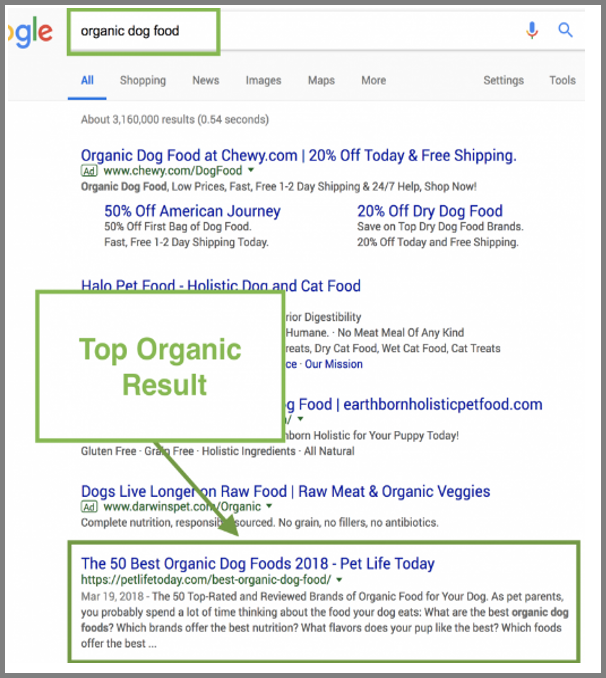
The highlighted link above is the first organic result that comes your way if you make this search. Now, what I would do is copy the URL. Next, I would paste it on a keyword research tool such as Ahrefs. The website should then show me a list of all organic keywords being used by that website. The organic keywords being used by that webpage would give me a lot of ideas on what I can use for my own product or product range. Have a look at the list below.
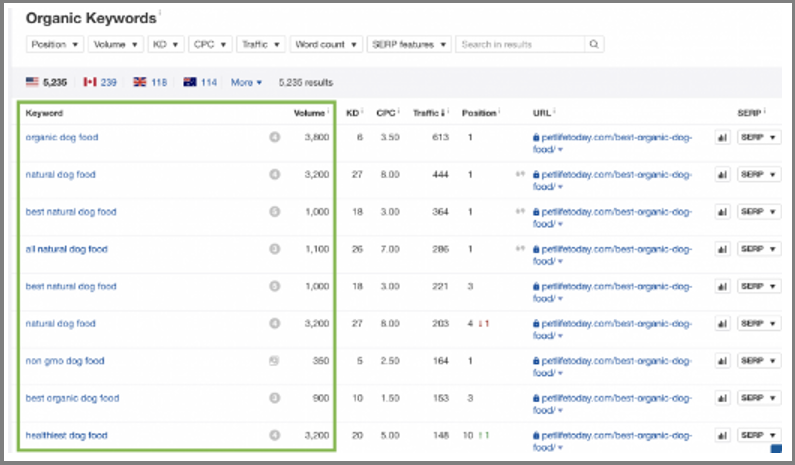
With these keywords in your mind, you can move towards the second step of creating unique product descriptions.
Creating Unique Product Descriptions
E-commerce retailers often don’t value the importance of unique product descriptions and keyword placement. This is how your content is going to be ranked on Google. The content and keywords in use make it easier for Google’s algorithms to trust you and place your webpage higher up the ranks.
While some E-commerce retailers shy away from the concept of product descriptions, others copy them from what has been mentioned on the original store. This practice is not advised, as you can be signalled out for duplicate content on all of your product pages. What you can do instead is create product descriptions of your own. This would not only gather the interest of consumers, but they might eventually be impressed by the description and go for a purchase. Plus, the keywords in the description help you rank higher. There’s all to gain from this method and nothing to lose.
You can create an interactive and unique product description of the sorts below:
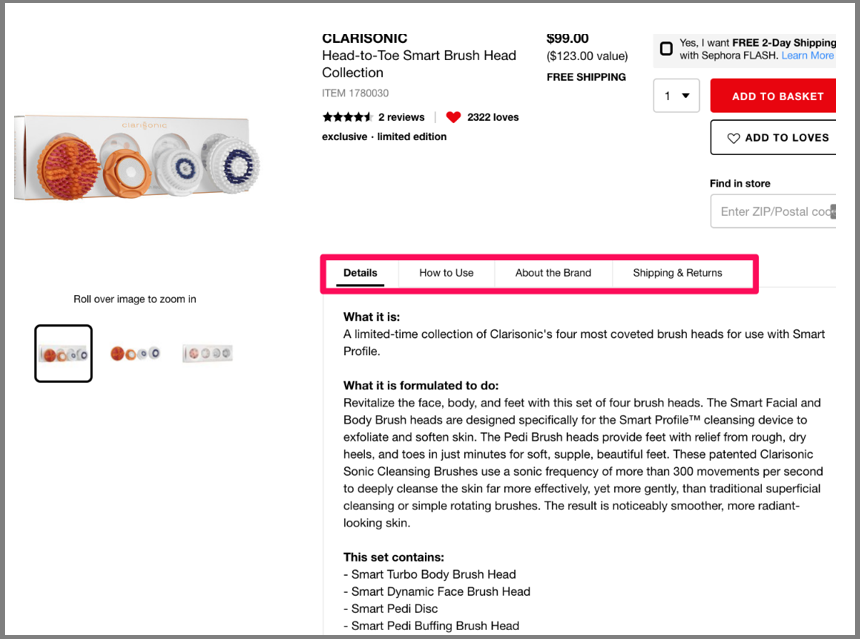
Meta Descriptions
Finally, Meta Descriptions are the most prized arsenal in your armoury of SEO tools and methods. These come under the title of your webpage once it ranks on Google. They look something like this:

The Meta description introduces readers to what the webpage holds, and it is a brief presentation of what you’re selling and the benefits you promise. You can also introduce relevant keywords in these descriptions to rank well on Google. Also, include some of your best features here because this is your chance to convert a lead. Look at these two examples below:
Optimizing Website Navigation
Once you’re done perfecting the SEO, you can head towards optimizing the navigation for generating best results. Having a website with an intelligent navigation is perhaps the best way to influence your target market into making a purchase.
The navigation should be made easy, and there shouldn’t be any visible hindrances in the buying process. Here are a few ways you can follow to improve the navigation of your website in the long run.
Have a Clickable Top Level Navigation
While designers often advise against dropdown or fly-out menus, the fact is that you might need the assistance of such a menu for your E-commerce site. E-commerce sites require a lot of clickable segments that lead to specific products, which is why the best way to provide all that without cramping up your home page is through a drop down menu.

Include Search Option
With the scope of your E-commerce website, it should be imperative for you to have a search option included on the home page. The search option will make it easier for viewers to get what they are looking for without clicking different menus. This L.L. Bean website has a visible and prominent search option for everyone to see:
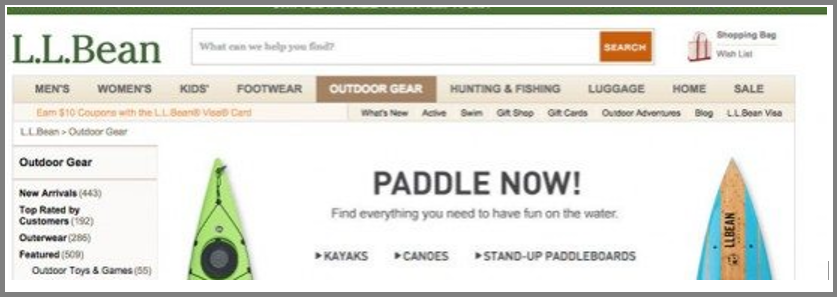
Mention Discounts and Sales
All those sales and discounts are of no use if you don’t mention them properly on your website. Have a separate part of your home page reserved for ongoing and upcoming sales and discounts. Cabela’s website has a ‘Sales’ label hovering around at all times, which users can click on to see different discounts.
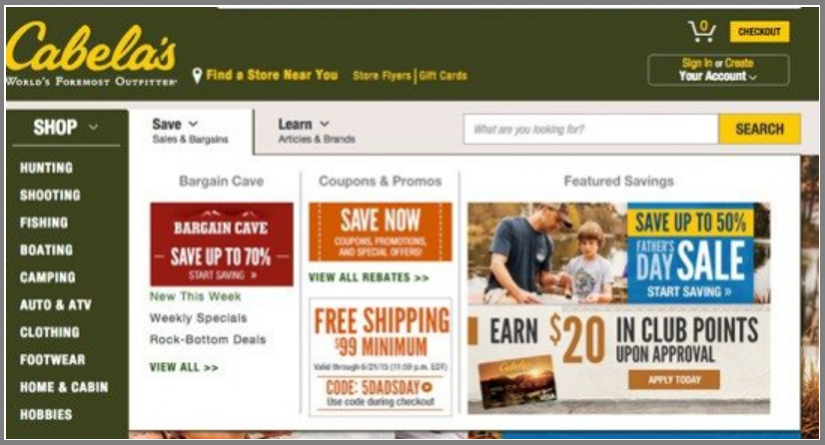
Shopping Funnel Optimization
Another effective way to increase traffic and sales online is through the optimization of your conversion funnel. This can be done in several different ways. The easiest of them all is to evaluate out how you can reduce the number of steps it takes to complete a purchase on your website.
If there is a step in your check-out process that is not quite necessary, such as asking visitors to enter an email address and choose to opt in to receive updates, etc., try removing this step and see if it has a positive impact on the funnel abandonment rate.
Another way to go about this is to incentivise the visitor to complete the purchase. You can do this by giving them an option to be part of a prize raffle or letting them be a part of a loyalty program.
Google analytics can help you here too. It provides you with a great deal of data within the conversion reports. If you have set up a goal funnel in Google analytics, you would be able to find out which step in your sales funnel has the highest abandonment rate. For instance, if it happens at the 2nd step in the funnel, you need to analyse and evaluate how you can make this step better and easier for the customer by improving the page.
You can also follow the AIDA framework here to finish the sale. Start by Attracting viewers to your offerings. Then get their Interest. When the interest is achieved, get towards creating the Desire in them. With the desire created, you can then force them into Action by selling your product.
When you have created desire, you can do something like Groupon does to get the required action. A pop-up that hints towards a sale with a discount on offer is perfect for converting a lead into a customer.
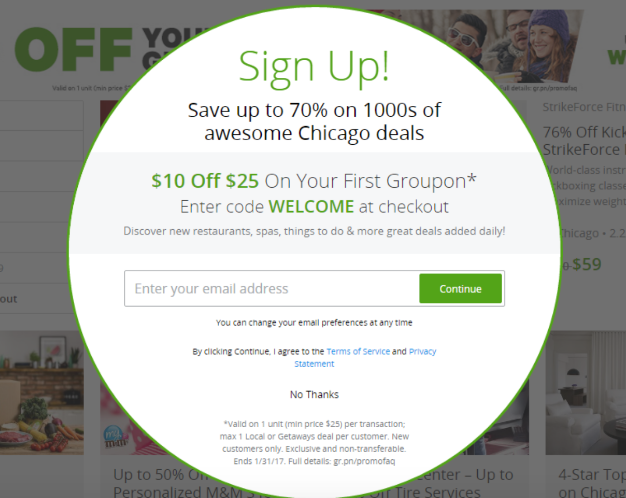
Over to You
Acing your SEO regime is a result of effort, patience, and reward. The world of Search Engine Optimization is quite grateful when you understand the ins and outs of it and do what is required of you. Without proper search engine and website navigation optimization, you cannot get the results you want out of your E-commerce store.
With the information in this article, you can implement the desired changes on your own E-commerce website and reap the rewards of your efforts.
- About the Author...

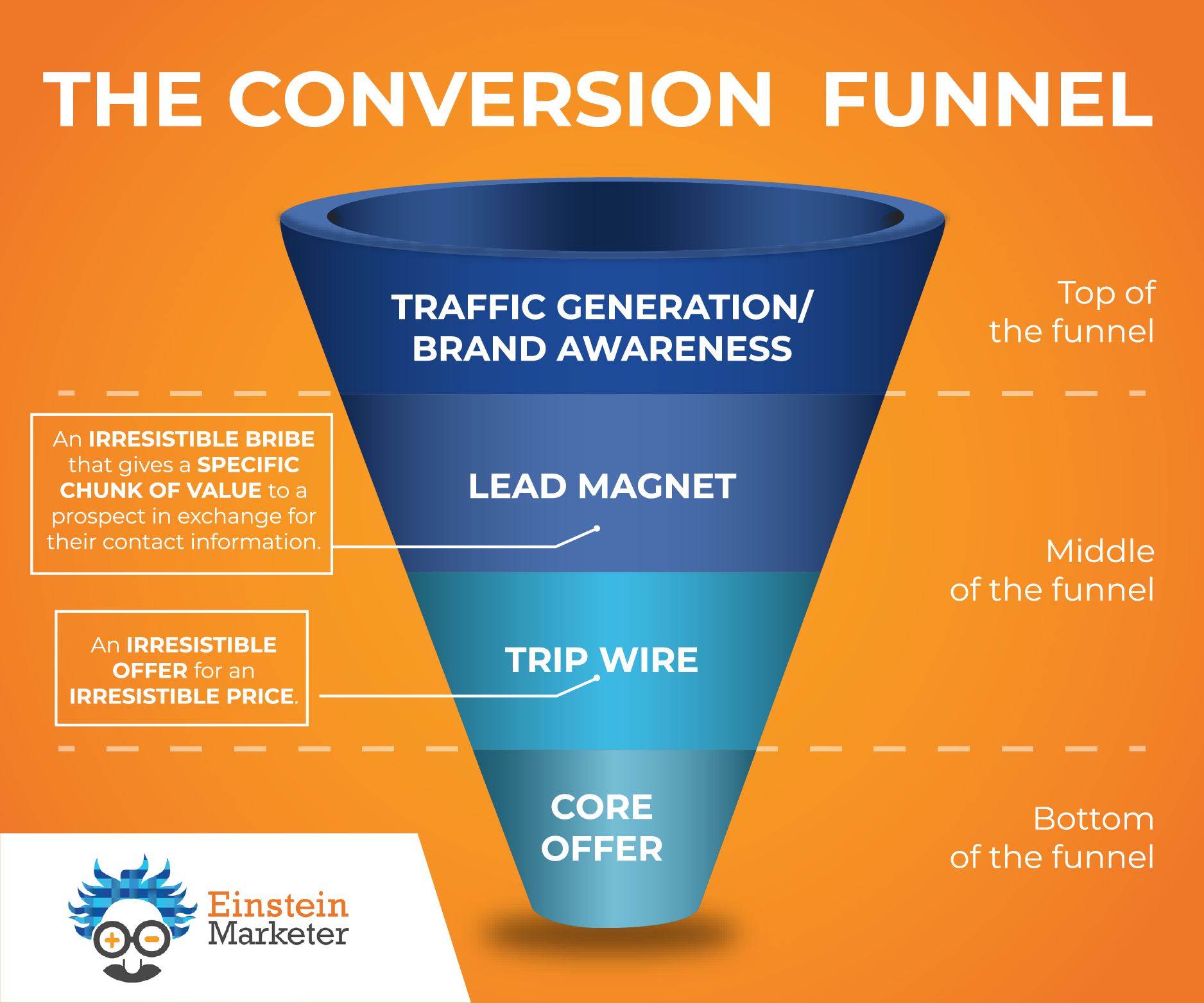
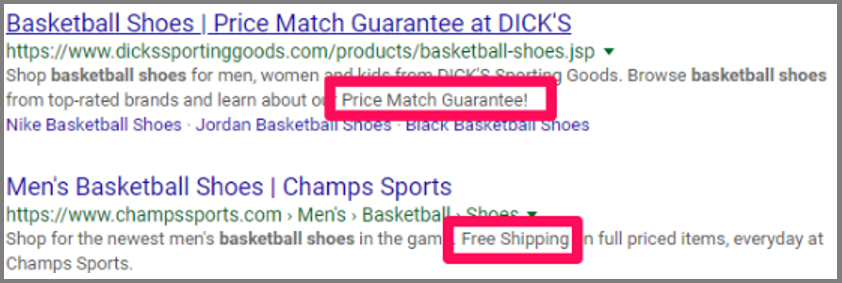





2 Responses
Thank you so much!
Excellent article. It will be very useful for the e-commerce startups who want improve their target & sales. Thanks for the knowledge share.